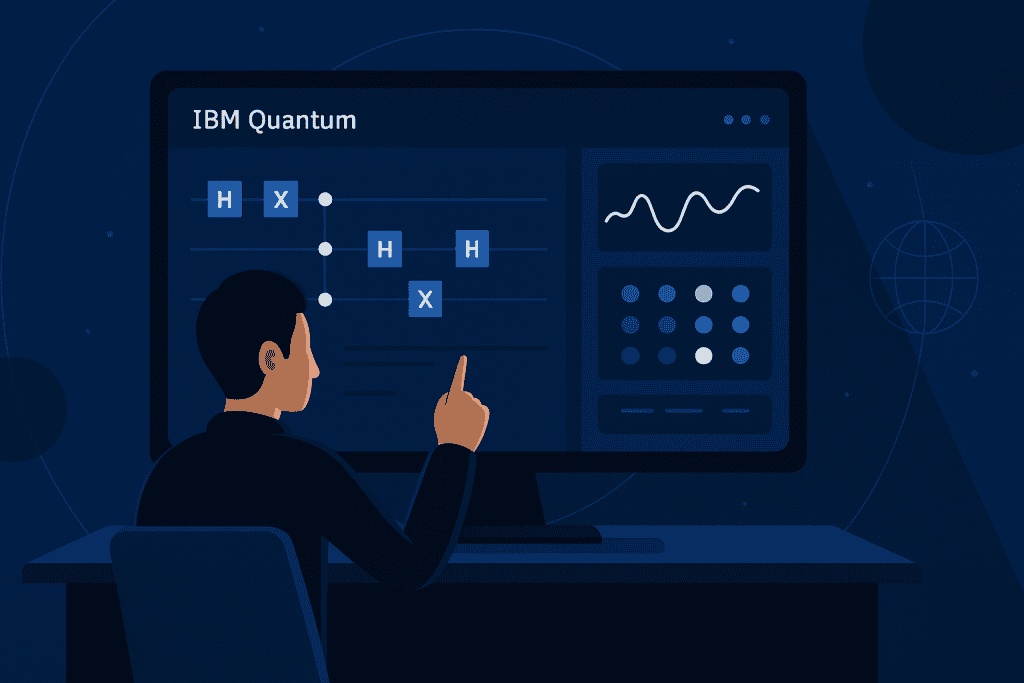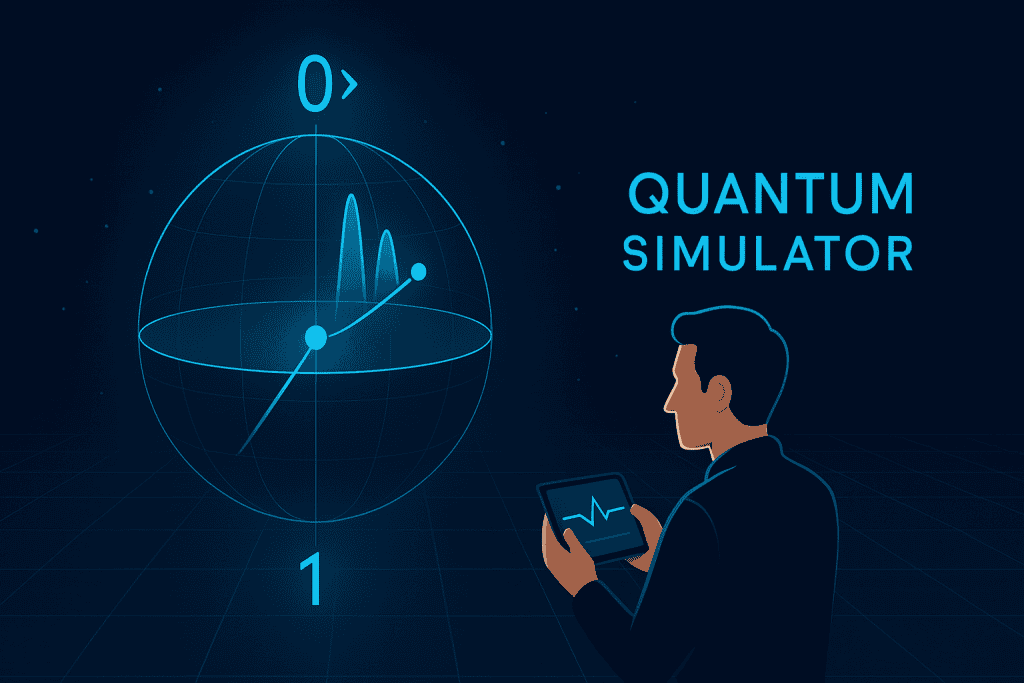
Quantum computing isn’t just a futuristic dream—it’s happening right now. IBM Quantum is at the forefront of this revolution, bringing real-world applications to industries like finance, healthcare, and artificial intelligence. Unlike traditional computers, which process data using bits (0s and 1s), quantum computers leverage qubits, enabling them to solve complex problems exponentially faster.
But how do you get started with IBM Quantum? Whether you’re a researcher, developer, or just curious about this cutting-edge field, this guide will walk you through the essentials. We’ll cover the tools you need, step-by-step instructions, and key tips to help you dive into quantum computing.
Materials or Tools Needed

Before you can experiment with quantum computing, you’ll need a few essentials. The good news? You don’t need a million-dollar quantum computer in your basement—IBM provides cloud-based access to its quantum systems.
| Material/Tool | Purpose |
|---|---|
| IBM Quantum Experience Account | Access IBM’s cloud-based quantum computers |
| Qiskit (Python framework) | Write and execute quantum programs |
| Jupyter Notebook | Run and visualize quantum circuits |
| Basic knowledge of Python | Helps with writing quantum algorithms |
Once you have these tools, you’re ready to start coding quantum circuits and exploring this fascinating technology.
IBM Quantum Instructions
1. Set Up Your IBM Quantum Account
To access IBM’s quantum computers, you first need to sign up for an IBM Quantum Experience account.
- Visit IBM Quantum’s website and create an account.
- Once logged in, explore the its Lab, where you can write and execute quantum programs.
- Familiarize yourself with the dashboard, which provides access to real quantum processors and simulators.
2. Install Qiskit and Set Up Your Environment
Qiskit is IBM’s open-source framework for quantum computing. To install it:
- Open a terminal (Command Prompt, PowerShell, or macOS Terminal).
- Run the following command:
pip install qiskit - Install Jupyter Notebook if you haven’t already:
pip install jupyterlab - Start Jupyter Notebook by running:
jupyter lab - You’re now ready to write your first quantum program!
3. Write and Execute Your First Quantum Circuit
Now, let’s create a simple quantum circuit using Qiskit:
- Open Jupyter Notebook and create a new Python file.
- Import Qiskit:
from qiskit import QuantumCircuit, Aer, transpile, assemble, execute - Create a basic quantum circuit with one qubit and one measurement:
qc = QuantumCircuit(1, 1) qc.h(0) # Apply Hadamard gate qc.measure(0, 0) # Measure qubit - Simulate the circuit:
backend = Aer.get_backend('qasm_simulator') job = execute(qc, backend) result = job.result() print(result.get_counts()) - You should see an output like
{'0': 512, '1': 512}, meaning the qubit was in a superposition state.
Tips and Warnings
| Tip | Why It’s Important |
|---|---|
| Learn Python basics first | Qiskit relies on Python |
| Experiment with different gates | Helps you understand quantum logic |
| Use IBM’s real quantum processors | Gain hands-on experience beyond simulations |
| Join IBM Quantum’s community | Stay updated on new developments |
Common Mistakes to Avoid
| Mistake | How to Avoid It |
|---|---|
| Skipping the theory | Learn quantum mechanics basics for deeper understanding |
| Ignoring noise in quantum circuits | Real quantum computers have noise—optimize circuits accordingly |
| Forgetting to transpile circuits | Optimizing circuits for IBM’s hardware improves execution |
Conclusion

Quantum computing is no longer just theoretical—it’s here, and it is making it accessible to everyone. By setting up an account, installing Qiskit, and experimenting with circuits, you can start exploring this exciting field. The world of Advanced Technology is evolving rapidly, and quantum computing is a game-changer.
So, why wait? Take your first steps into quantum computing today!
FAQs
1. What is IBM Quantum, and how can I access it?
IBM Quantum is a cloud-based platform that provides access to real quantum computers. You can access it by creating an account on the IBM Quantum Experience website.
2. Do I need a physics degree to use it?
No! While understanding quantum mechanics helps, IBM provides tutorials and resources to get started, even if you’re new to the field.
3. Can I use it for real-world applications?
Yes! Researchers and businesses are already using it for applications in AI, cryptography, and materials science. You can experiment with quantum algorithms to solve real-world problems.
Ready to dive deeper? Explore IBM Quantum today and be part of the quantum revolution!
Resources
- Quantum Zeitgeist- Will IBM Continue To Lead The Quantum Computing Field?
- soprabanking.com- IBM Quantum: discovering a hot topic – Sopra Banking Software
- Plain Concepts- Quantum Computing: Potential and Challenges ahead
- Science News Explores- Here’s why scientists want a good quantum computer
- BuiltIn- 10 Quantum Computing Applications & Examples to Know
